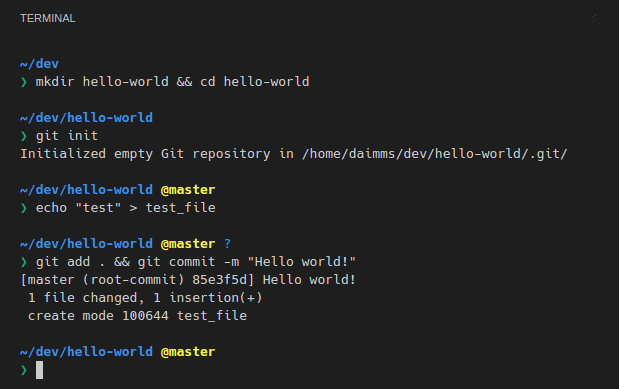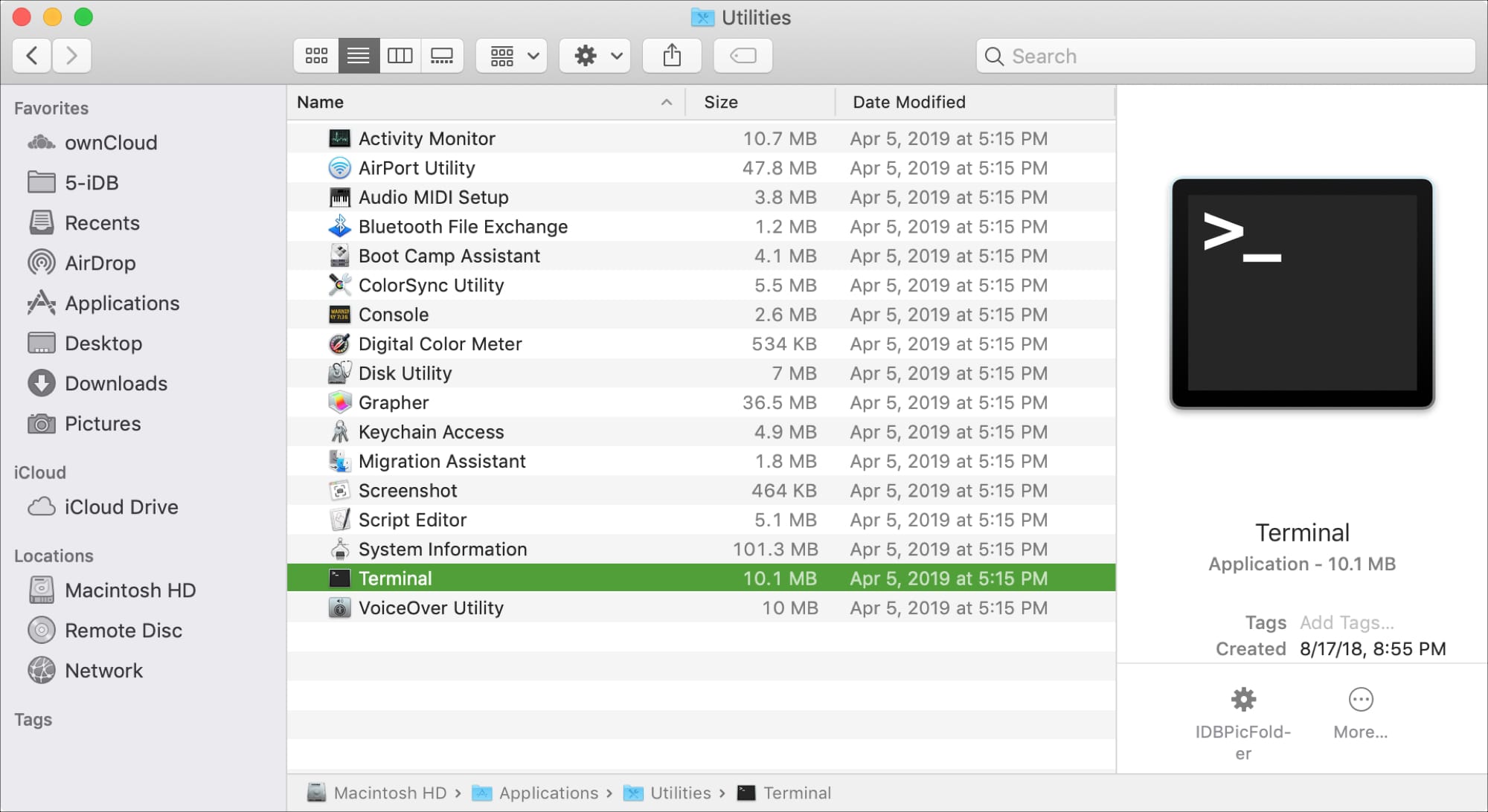
Keyboard shortcut to open terminal code#

Set currentFolder to target of Finder window 1 as aliasĭo script "cd " & quoted form of POSIX path of currentFolder & " clear"Īs an added bonus, you can also use the example AppleScript code saved as an AppleScript application in Script Editor and place it in the Toolbar of Finder, thus allowing one to click the icon to open a Terminal window at the current location when one wants versus using the keyboard short assigned to the Automator service.

One last optional step if you don’t want a blinking cursor in your new terminal. If you need to close the embedded terminal type the command “exit” (without quotes).
Keyboard shortcut to open terminal windows#
Note: although this terminal is “below” all open windows it is still “above” your desktop icons so make sure you move them out of the way. Now you should be able to press Alt+F2 and type in gnome-terminal –window-with-profile=embedded-HTG-term and you should get a terminal window embedded on your desktop background. 500×500 will put the top left corner of your window 500 pixels from the top and 500 pixels from the left of your screen.) If you do not like your window placement you can always hold Alt and drag the window to a new location with the left mouse button.

Your window position will be based on where you want the top left corner of your window to be (eg. Note: Window placement starts in the top left corner of your screen with 0,0 and counts up to the bottom right corner.

Next go to your Compiz Configuration Manager and activate these plugins if they are not already activated: regex matching, window decoration, window rules, and place windows. Transparent Background: On, Move the slider to whatever level lets you easily see the text on your desktop wallpaper. When terminal commands set their own title: Keep initial titleĬolor scheme: Black on white will only show black text on your desktop but you can pick whatever will match your theme/background. In the profile settings window that comes up change these settings for the new profile we just created. We will name the window embedded-HTG-term for this example but you can name it whatever you want. It is very important to name this profile something unique because the window name is how we are going to identify the window to embed it. To do this open your terminal and then go to File -> New Profile. The first step is set up a new terminal profile.


 0 kommentar(er)
0 kommentar(er)
